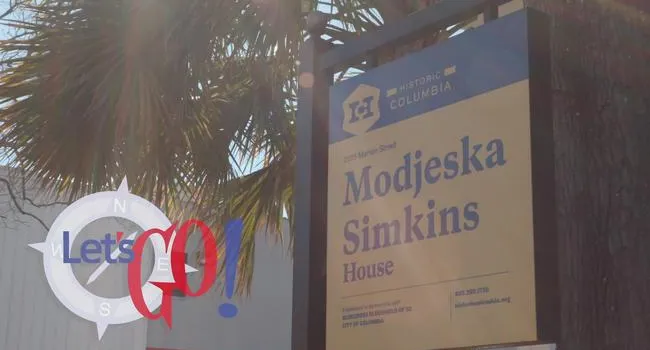Students will use the first 7 questions to help follow the content discussed in the video. The last 2 questions are open-ended questions.
Use questions 9 and 10 to start an open discussion on the conditions of the schools and the results of the parent decisions to fight back.
Standards
- This indicator was developed to encourage inquiry into thematic continuities and changes into how marginalized groups sought and won legal rights. Inquiry into the leadership, methods, and outcomes of modern equal rights movements are supported by this indicator.
- USHC.5.CC Evaluate continuities and changes during the Civil Rights Movement and other subsequent movements for equal rights.
- 5-5 The student will demonstrate an understanding of the social, economic and political events that influenced the United States during the Cold War era.
- 8-7 The student will demonstrate an understanding of the impact on South Carolina of significant events of the late twentieth and early twenty-first centuries.
- USG-1 The student will demonstrate an understanding of foundational political theory, concepts, and application.
- USG-4 The student will demonstrate an understanding of civil rights and civil liberties, the role of American citizens in the American political system, and distinctive expressions of American political culture.
- This indicator was developed to promote inquiry into how the lifestyles of those living in capitalist countries differed from those living in communist countries. This indicator was also designed to promote inquiry into how the rights of citizens differed in capitalist and communist countries.
- 5.4.CC Analyze the continuities and changes of race relations in the United States and South Carolina following the Supreme Court decisions of Briggs v. Elliott and Brown v. Board of Education.






